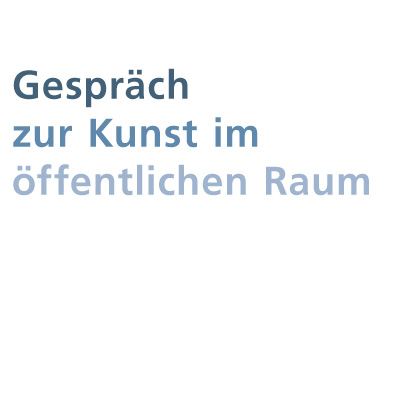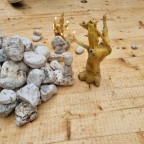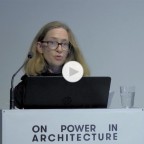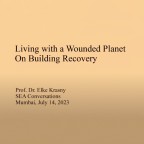How to Identify with Difference?
Doing Art in the Public Realm
The shadows cast by the past are growing longer. The identifications with the present time are shattered by numerous fault lines. In the context of globalized artistic and cultural production, history becomes both, a circulating resource and a challenge to specifically address the local. Temporay but equally long-term articulations in public space, ranging from performance to monuments, manifest how differences in remembering, politics, feminisms are questions of curating and of artistic production. The symposion aims at discussing the articulation of difference, the ethics of curatorial and artistic production in addressing identification in the public realm when it comes to articulating the perspectives on the past in the now and seeks to develop an understanding what modes of contemporary sharing in public space are. Central issues addressed in the contributions on art in the public realm are politics of remembrance, feminist practices and curatorial and artistic production between art and activism.
Invited Speakers:
Ines Doujak, artist, Vienna
Amelia Jones, art historian and curator Montréal
Elke Krasny, curator, Vienna
Suzanne Lacy, artist, Los Angeles
Suzana Milevska, curator, Skopje
Mechtild Widrich, art historian, Zurich
Maayan Shaleff, curator, Tel Aviv
Das Symposium stellt die Frage nach Verantwortung und Solidarität in der Auseinandersetzung mit Vergangenheit und Suche nach Möglichkeiten, individuelle und kollektive Erfahrungen/Erfahrungsbilder in der Gegenwart zu vermitteln. Zentrale Fragen des Abends drehen sich um die Themenfelder Erinnerungspolitik, feministische Praxen sowie Kuratieren zwischen Kunst und Aktivismus. Das hochkarätig und international besetzte Podium spricht aus verschiedenen geographischen, künstlerischen, kulturellen und theoretischen Bezügen.
Die Vorträge sind in englischer Sprache.




